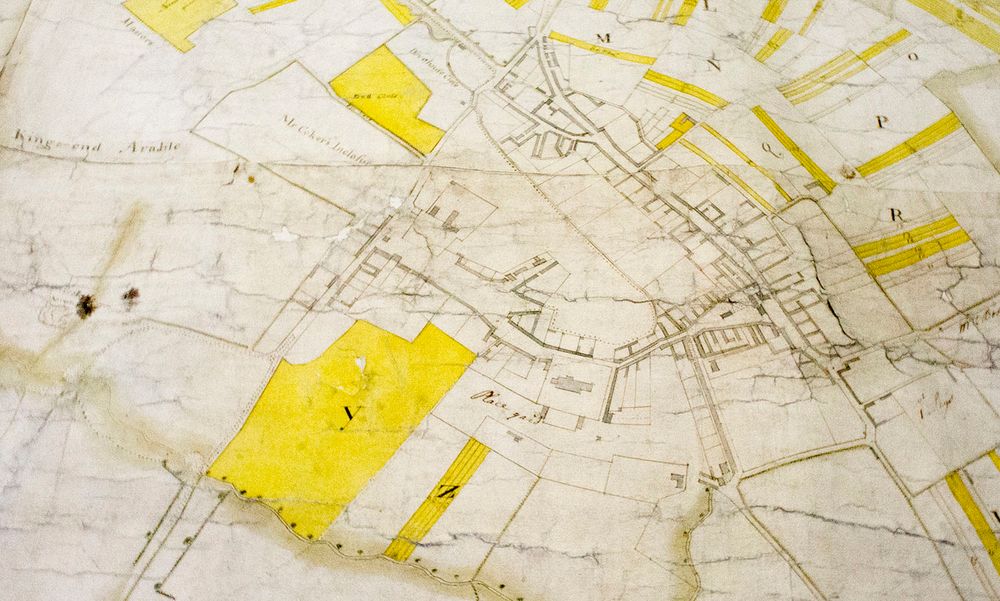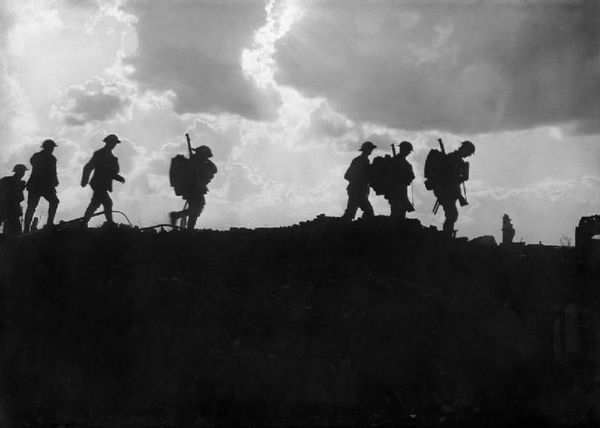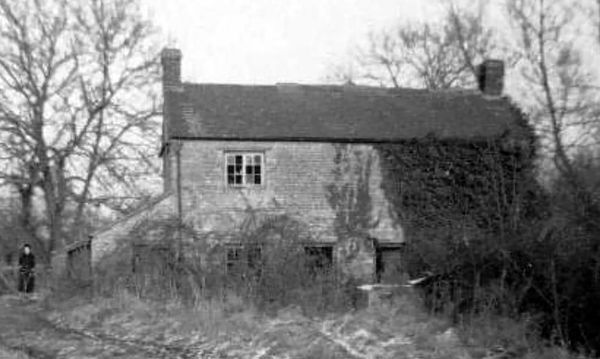A Brief History of Bicester
The town of Bicester features in the Domesday Survey of 1086, which records it as a settlement of two manors and home to about two hundred people, although recent archaeological evidence confirms that there was a settlement on the site of the present town from early Saxon times.
The earliest Norman settlement began around the two great manors of Bicester and Wretchwick, held by Robert D'Oyly, the man who had Oxford Castle built around 1072. By medieval times, King's End Parish and Market End Parish were established townships, and in the 19th Century these became the civil Parishes which comprised the early Urban and Rural District of Bicester.
The earliest record of Bicester’s parish church, St Edburg’s, is a legal document dated from 1104 which, though unrelated to the church, was witnessed by the vicar, Willielmus.
In 1183 an Augustinian priory was founded by Gilbert Bassett where Old Place Yard and Priory Lane now stand. Although the priory had a church of its own it also ran the parish church, providing the living and overseeing the expansion of the church building from its original Saxon structure to the large edifice we see today.
The priory was one of the early ones to be closed down by Henry VIII. In 1537 its lands were valued at £176 a year and, following its surrender to the King, the priory church was demolished by the Sheriff of Oxfordshire, Sir Simon Harcourt, who took the shrine of St Edburg back to the church of St Michael on his home estate in Stanton Harcourt.
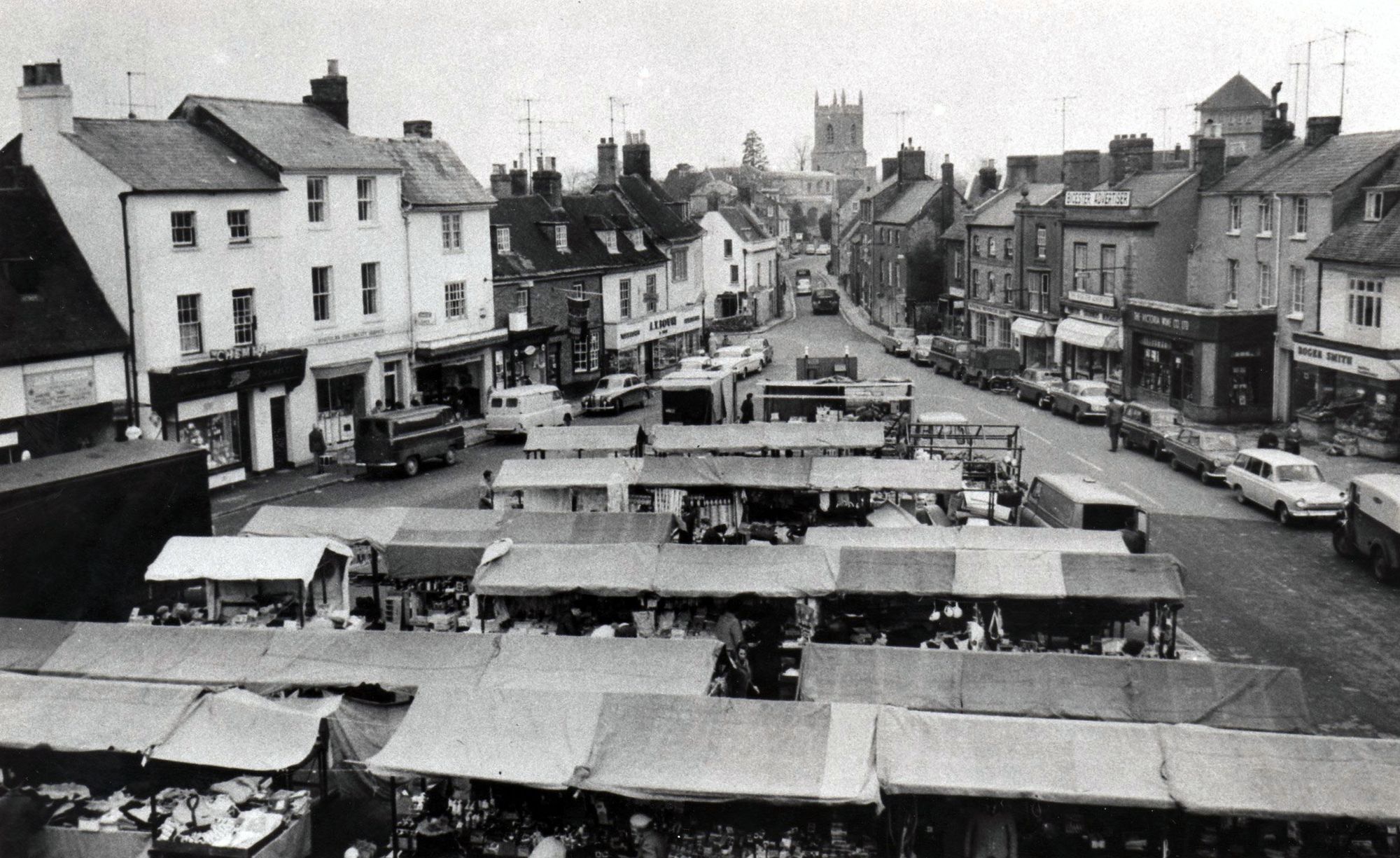
A license for a market held in Market Square was granted in 1239 by Henry III, later a license for a market in King’s End was granted in 1377, and through the succeeding centuries Bicester has reflected its dependence on the agricultural area it serves. Sheep Street, the main shopping street, was built 300 years ago to accommodate the animals brought to market.
There were a large number of inns, not only did the markets provide them with ample custom but also the numerous annual fairs. Local crafts and skills included leather working and saddlery, rope and sack making, basket weaving, straw plaiting, wool combing as well as lace making and brewing.
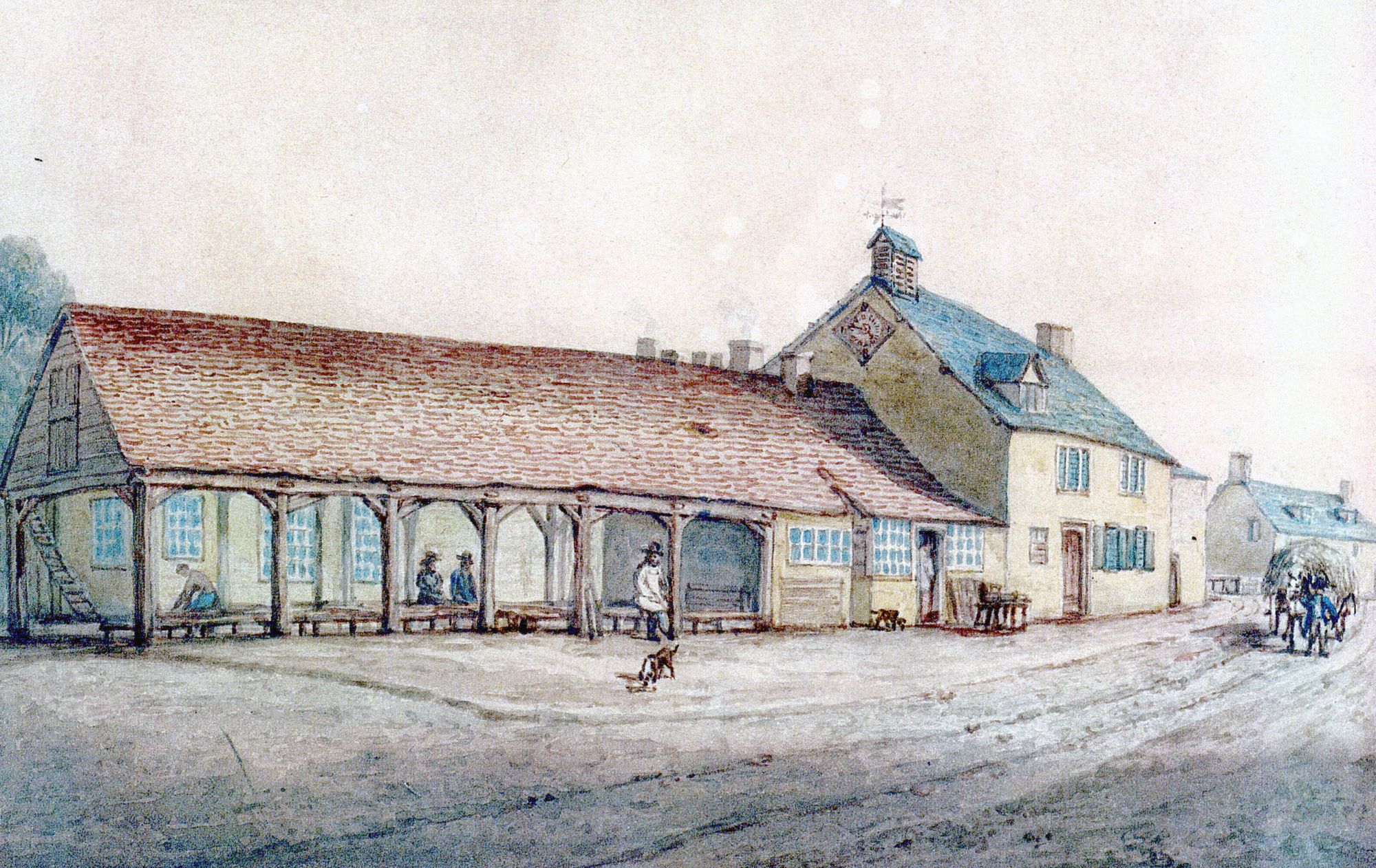
In 1577 the Market Square was developed by the building of the “Shambles” and Town House. The Shambles formed a covered market area, mainly for butchers. The building was eventually demolished in a riot in 1826 but the clock and bell were saved. The bell later found a new home on the workhouse, and now hangs outside the Garth.
A large fire caused considerable damage in Water Lane (now Chapel Street) and the south side of Market Square in 1724. Part of the area cleared after the fire was used to build the Congregational Chapel in 1729.
In 1832 a national Cholera epidemic killed a large number of Bicester residents over a six week period. 64 of the victims were buried in a communal grave in St Edburg’s churchyard, the memorial for which still stands in the churchyard, though not in its original position.
Over the last century the town has undergone some of its biggest changes. On the town's outskirts, RAF Bicester was built in 1917, then to be followed by the Central Ordnance Depot in 1941.
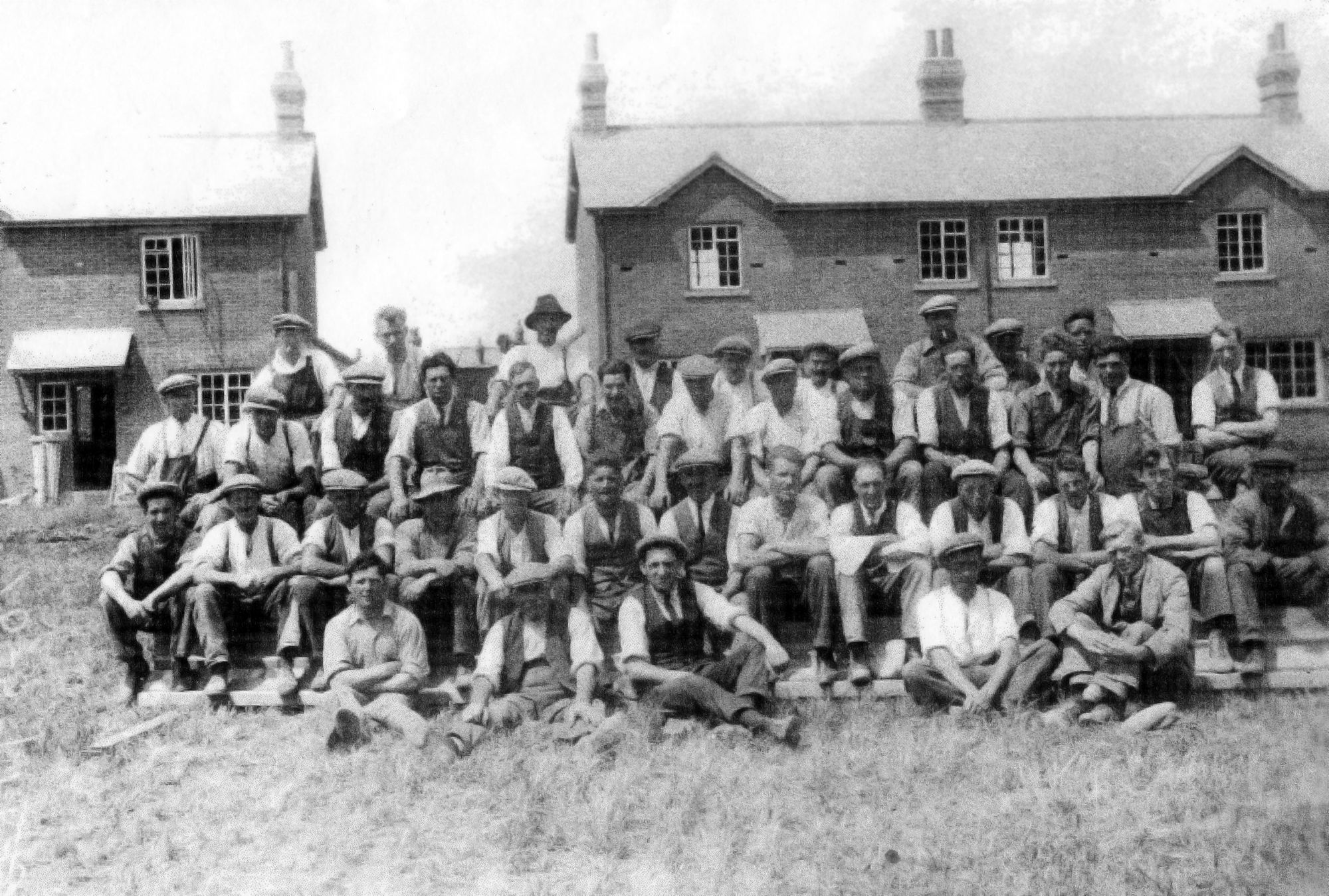
The large expansion of the town began in the early 1930s with the building of the Highfield estate. This was followed by King’s End and Churchill Road in the 1960s; Glory Farm and Greenwood in the 1980s; Southwold, Langford Village and Bure Park in the 1990s; and Kingsmere and Elmsbrook in the present day.
The needs of the rapidly increasing population are reflected in the new shopping precincts and the larger number of retail service outlets. Town centre developments like Crown Walk, which opened in 1988, the pedestrianisation of Sheep Street in 1994, and Pioneer Square in 2013, have all come about because of this. Bicester Village opened in April 1995, not so much for the benefit of the local population, but it does attract many visitors to the area each year.
